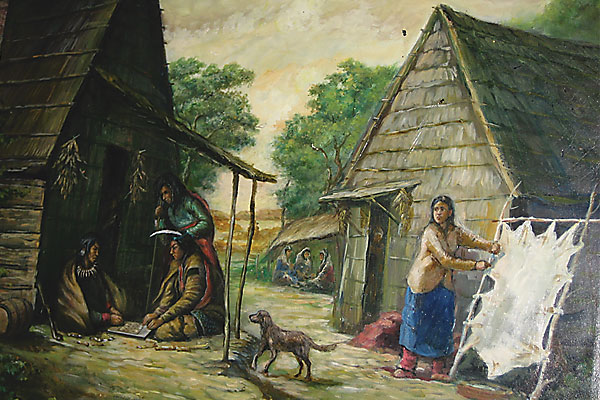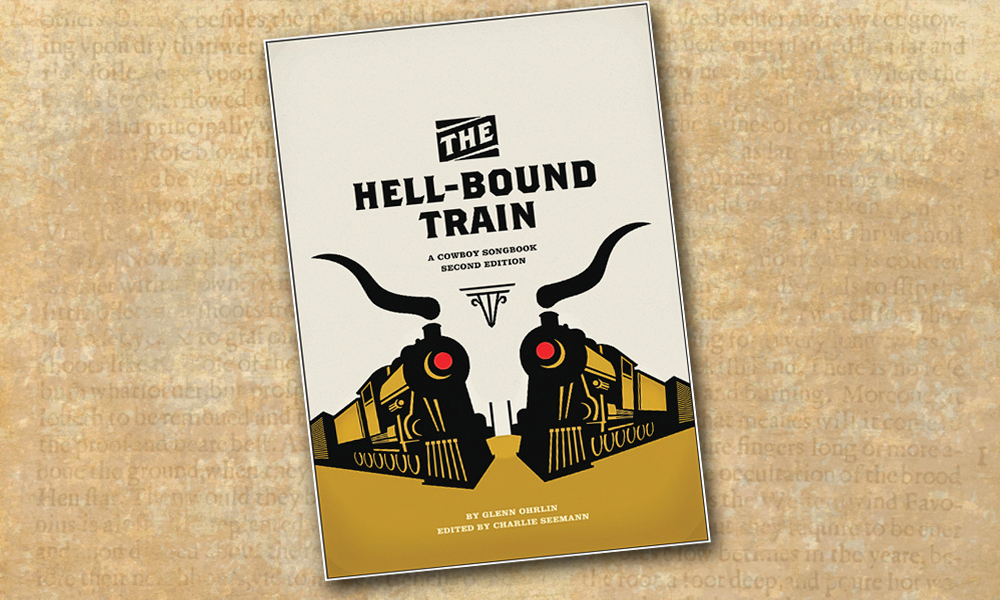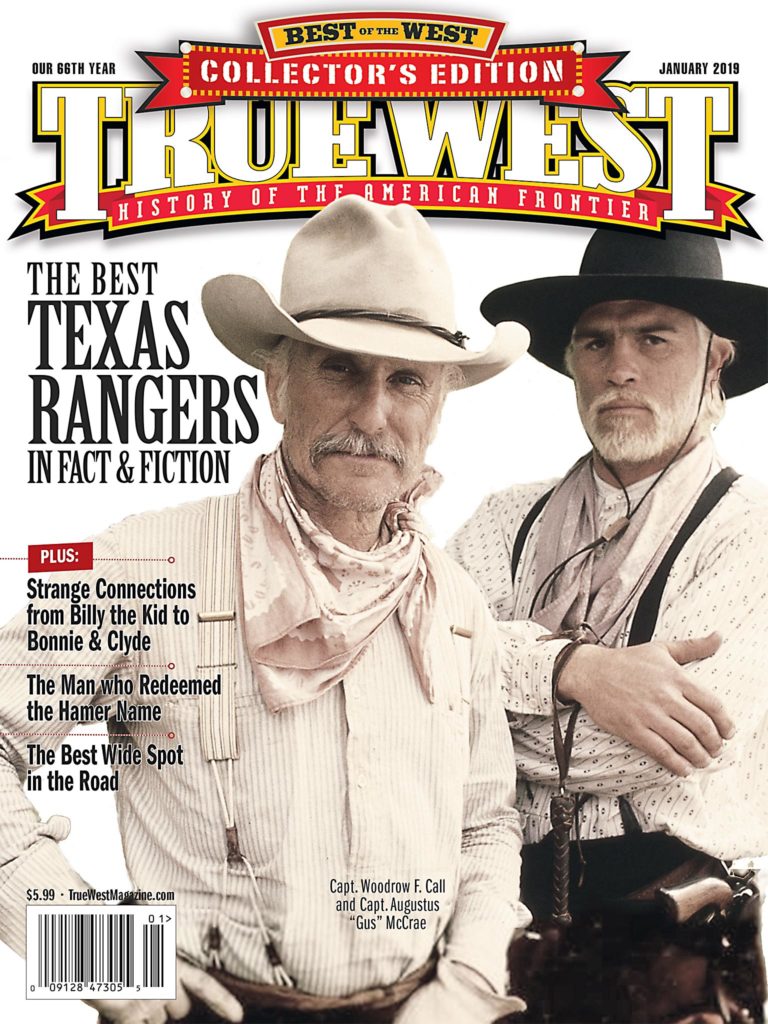
— Photos Courtesy Nebraska —
For 184 years, it was lost. Then they found a metal military button—eventually, they’d find 39. Then glass trading beads—the first of 434. Then an early 1800s trigger guard, and then they knew: Nebraska investigators had found the 1819-’20 site of a very special winter camp that was named Engineer Cantonment.
The discovery in 2003 was so special, Nebraska State Archaeologist Gayle F. Carlson declared he could “die in peace, now that Engineer Cantonment has been found.”
By the time Carlson died in 2015, the nation knew how special this find was.
The Missouri River camp north of present-day Omaha was called a Cantonment—an old-fashioned word describing a longer-term encampment. And it took the name “Engineer” from the steamboat that brought the first government-sponsored scientific expedition to study the area’s native people, animals and plants—Western Engineer, the first steamboat to ascend the Missouri.
The expedition of a dozen military and civilian scientists was led by Maj. Stephen Harriman Long, and included artist Titan Peale II, whose illustrations of the area were the single most important clue in dis-covering its location. The verbal descriptions provided a road map: it was on the west bank of the Missouri, with limestone cliffs up to 300 feet at the rear and was “about half a mile about Fort Lisa,” that then was a “large and extensive Indian trading establishment.” But alas, the location of Fort Lisa has yet to be discovered and over the years, time and the ever-shifting channel of the Missouri had erased any trace of the campsite that included two log buildings and various outdoor work and cook areas.
What was never lost was the importance of what a small group of men did during that cold winter in the early 1800s when this land was still part of the vast Missouri Territory. Among their discoveries were 56 new species—four plants, one snail, 38 insects, three snakes, four birds and six mammals, including the coyote. Even more significant was the information gathered about the Plains tribes that populated the area—the Omaha, Pawnee, Otos, Missouria and Ponca.
The totality of their discoveries were the first “biodiversity” view of this land that had only become part of the country 16 years earlier in the Louisiana Purchase. They didn’t always hit the mark. They produced the first detailed maps of the areas they visited—in the spring they went west into the Rocky Mountains—but what they saw of present-day Nebraska led them to label the area a “Great American Desert”—a misconception that appeared on maps for decades.
The location was finally discovered with the help of mechanical trenching that uncovered, in one part of the site, more than 3,700 artifacts. More excavations are planned. Over the years, the area had been part of the farm of Herb and Gloria Gibreal, who donated the site to the Nebraska State Historical Foundation.
Nebraska History magazine thought the discovery “so cool,” it devoted an entire issue to the lost-and-found Engineer Cantonment in the Spring of 2018.
Jana Bommersbach has earned recognition as Arizona’s Journalist of the Year and won an Emmy and two Lifetime Achievement Awards. She cowrote the Emmy-winning Outrageous Arizona and has written two true crime books, a children’s book and the historical novel Cattle Kate.





